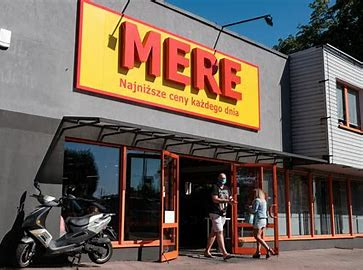ITALY'S TOURIST CHARGES
With an Italian holiday on the horizon, I have been researching the costs of admission to Italy's tourist sights, museums and galleries this summer and wanted to share with you a 'small' but significant discovery.
The Italian government has changed the rules for pensioners at many major tourist sites. The government has ended the long-standing practice of allowing EU citizens aged over 65 free access to some 225 state-owned museums, galleries and archaeological sites. In Rome, for example, these include the Colosseum and Roman Forum, the fascinating archaeological museums of the Museo Nazionale Romano circuit and the Borghese Gallery. Statistics for 2013 showed that about 26 per cent of visitors to these sites were old enough to qualify for free entrance, a figure which clearly made an impact on the country’s new Culture Minister Dario Franceschini who is seeking to claw back the under-funded sector’s deficit. So from the beginning of July, virtually all visitors aged 25 or over have to pay the full entry price (12 euros/£10 for the Colosseum for example).
Under the new legislation, state properties remain free for under-18s and half-price for 18-25 year olds from the European Union and any other country that has a bi-lateral agreement with Italy. And — in a somewhat forlorn attempt to compensate for the new charges — they are free for all on the first Sunday of every month. Moreover, would-be museum-goers who are pressed for time can now take advantage of late-evening openings each Friday, in those places where there is sufficient staff to cover the longer hours.
For the traveller whose budget will be stretched
by the new charges, there are ways of skirting the worst of the price hikes. In
Rome, the Roma Pass (www.romapass.it) allows free access to two sights and reduced access to
all others, as well as free use of public transport (which otherwise is full
price for over-65s): choose the priciest state-owned monuments as your free
options.
Remember too that different rules apply at the
many sights owned by the city council or privately. At these, an impenetrable
jungle of pricing policies makes budgeting complicated, but city museums
(listed on www.museiincomuneroma.it) offer reduced-price
entrance for the over-65s. And almost all — including state museums — give free
admission to EU teachers, students of art, heritage and architecture (with
appropriate ID and/or credentials) and disabled visitors with one companion. Having taken many parties of Art students to Italy over the last 30 years, my advice for teachers and their students is to take a letter from your school or college (on letter-headed paper) signed by your Head teacher, listing the names of all teachers and students in your party and confirming that they are bona fide school members. This document makes obtaining free admission far easier, when dealing with very officious museum and gallery staff. Similarly, gaining concessions for students and teachers on public transport is eased with these credentials. 





Comments
Post a Comment